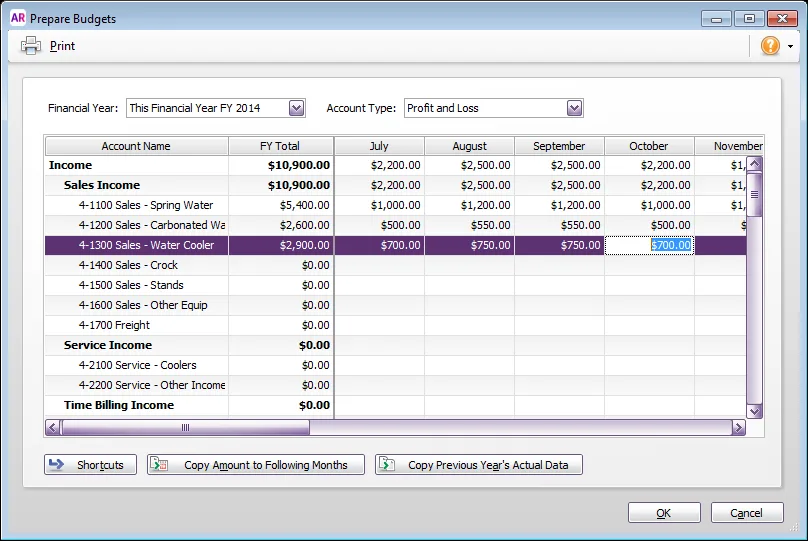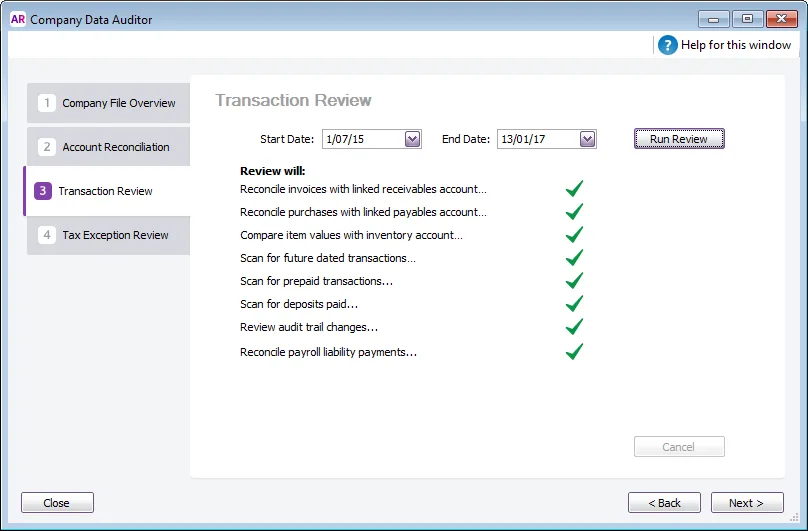Set up your accounts
Accounts allow you to group similar transactions, so you can get meaningful information about your business. For example, you could create a rent account and then allocate all rent payments to that account.
When you created your company file, you select a default accounts list to start with. This list may already have the accounts you need. If not, you can create accounts and edit existing ones to suit your needs.
You can even group similar accounts together, making it easy to track their total value.
If your company file is shared online and you want your accountant or bookkeeper to help you with this task, invite them to work online.
Otherwise, you can import an accounts list if your accountant has provided this for you.
Are you new to AccountRight? If so, you’ll need to enter your account opening balances.

Do more
Do you like to budget? Creating a budget allows you to work out the amount of money you'll need, where this money will come from, and the impact on your business.
Have you just paid off the credit card balance or topped up petty cash? Then you can transfer money between accounts to reflect this.
Are you a partnership or trust? You can choose how to distribute the profit or loss to each partner or beneficiary.
End of period
Whether it’s the end of month, quarter or year, you’ll need to work through some end-of-period tasks.
Prepare your BAS (Australia only) using BASlink, which is fully integrated with your software and has been designed to fill in most of the BAS or IAS fields for you automatically after you have set it up.
Prepare your GST Return (New Zealand only). Define your GST reporting information and print the GST Return form (GST 101) or lodge online.
Once you've completed your year-end tasks, get in touch with your accountant so they can work on your online file.
Or if you prefer to do things the old way, you can export your account details and send them to your accountant .
Need to enter an end-of-year adjustment? You can record general journal entries for things such as depreciation of your computer or company car. In most cases, this is something your accountant will ask you to do.


Review
Run the Company Data Auditor to check the integrity of the data in your company file. You should do this before before inviting your accountant to look at your figures.
Use the Transaction Journal to view the journal entries for the transactions you’ve entered in your company file. Or run reports to gain valuable insight into your business.